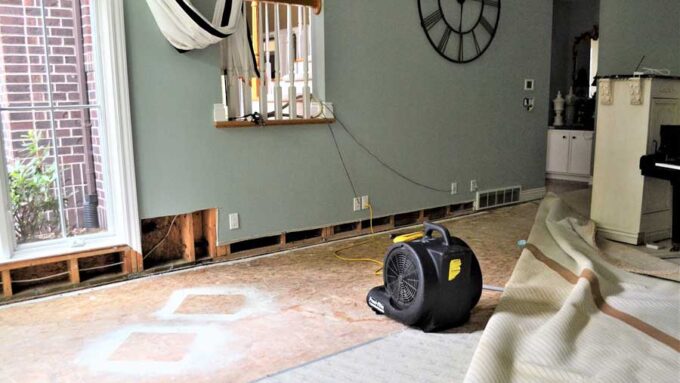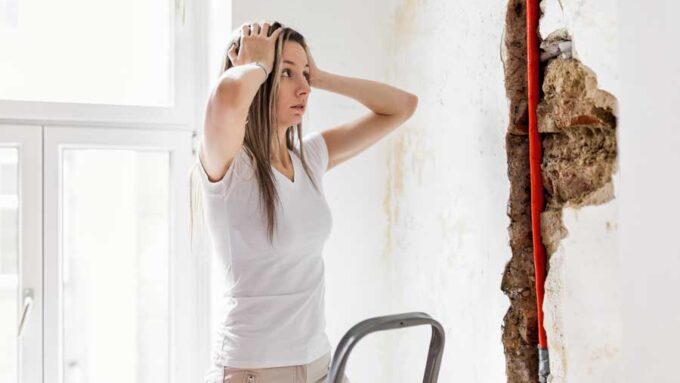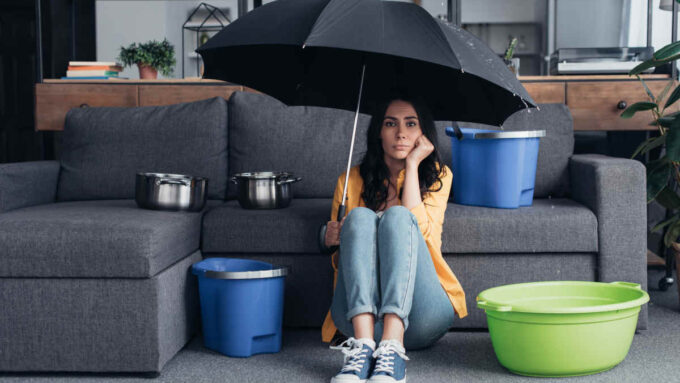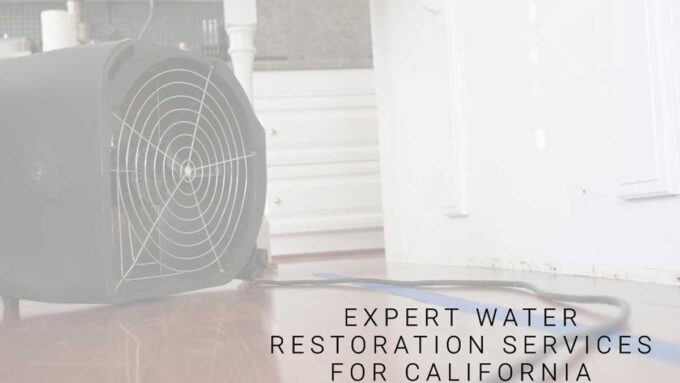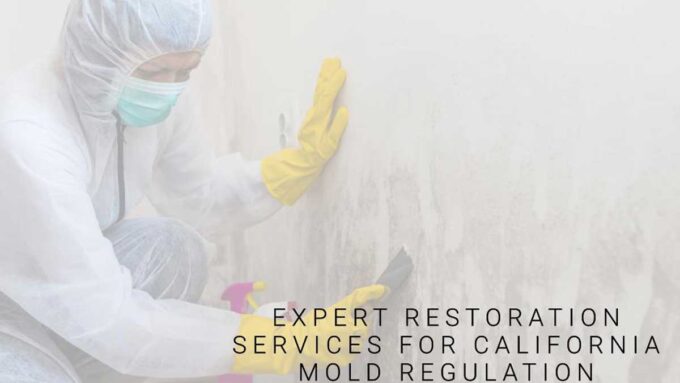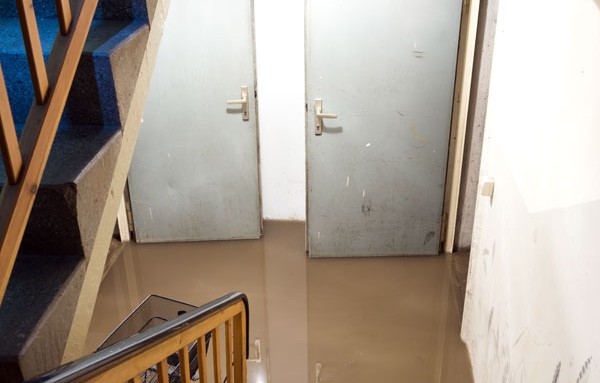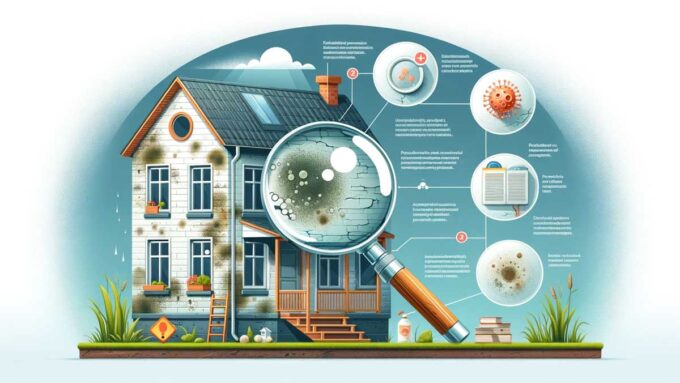If your crawl space is left with standing water after a flood or heavy rains, drying the area out is a priority.
Leaving standing water to dry on its own will take too long and in the meantime, you’re at risk for mold, structural damage, damage to personal belongings or plumbing/electrical damage.
Here’s what you can do to dry a flooded crawl space quickly.
Remove Standing Water
If you have several inches of standing water, you either need to use a pump to suck up the water and direct away from the crawl space or call in professionals to remove the water for you.
For an inch or less of standing water, a wet-dry vac works well to suction up puddles and standing water.
Remove Damaged Items
As the water is pumped out or has already been removed, begin removing all water-soaked items stored in the crawl space.
Remove and discard insulation or anything that was damaged and floating in the flood water.
Drying the Crawl Space
Once the water has been removed, it’s time to dry things out. Everything in the crawl space needs to be dried including the crawl space floor, wood support beams and any other soaked structural components.
Before starting the drying process, check to make sure that you’ve sopped up as much of the water as possible and removed all water damaged items.
Prior to bringing in drying equipment, make sure electrical wiring and/or outlets are safe and functioning. If any wires or electrical components were damaged, call in an electrician to make sure everything is safe.
To avoid potential contamination of the air and your drying equipment by disturbing mold spores so they go airborne, fill a bucket with a cup of white vinegar and warm water.
Use the mixture to wipe down surfaces, support beams and anything else that was affected by standing water. This helps kill bacteria and mold to prevent further contamination.
Plan to run a dehumidifier for the next few hours to pull the humidity out of the air which helps speed up the drying process. Set the dehumidifier to lower humidity levels to hit between 35% to 45%. It can take an entire day or more to completely dry the space after a flood.
Fans may or may not help depending on the circumstances. While you believe the fan will help circulate air, it may make humidity levels worse.
Experiment with the drying process by using fans or if a stand-alone dehumidifier works better.
Crawl Space Flooding Prevention Tips
You really only need to experience crawl space flooding once to take preventative action.
One of the things you can do is to check drainage to make sure water is effectively moving away from your crawl space.
Check gutters and downspouts for clogs or damage that may be preventing water to move without obstruction on its way away from your home.
Installing a sump pump is another option if you are prone to standing water or reside in an area more susceptible to flooding.
If you struggle with flood water issues in your crawl space and are looking for more effective and permanent solutions, reach out to a professional crawl space clean up company who can help you put a plan together.
They may recommend installing flood vents or encapsulating the crawl space to address frequent moisture and humidity problems, in addition to flooding issues.
Conclusion
Keeping your crawl space dry is the key to a healthy, mold and toxin-free home.
For suggestions, answers, and real solutions, reach out to RCS in Santa Rosa, your flood damage repair and restoration experts.

